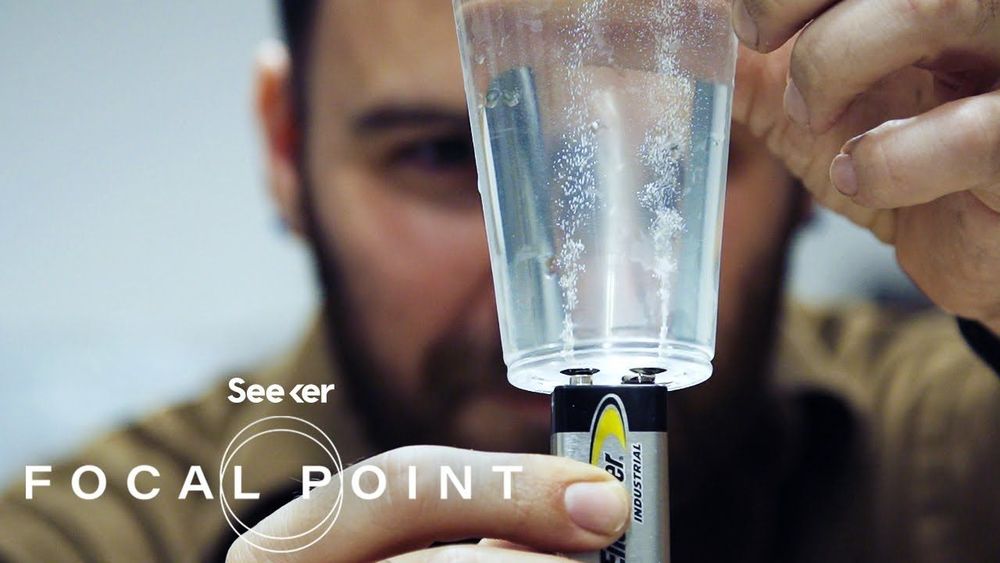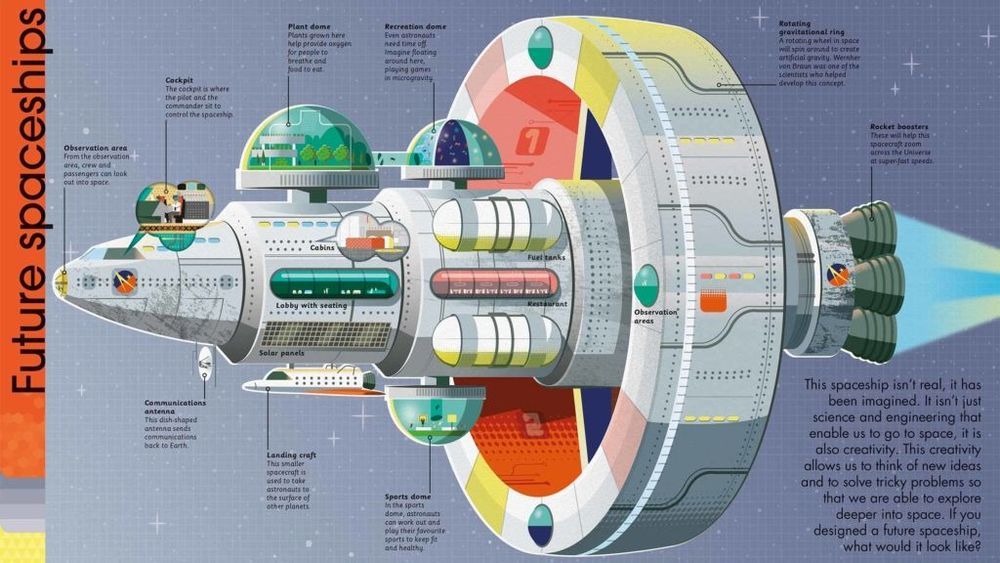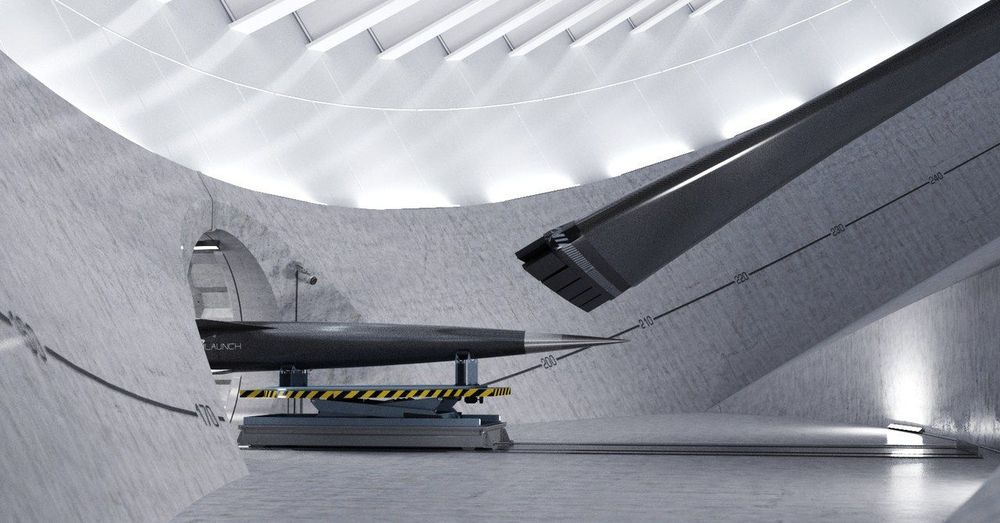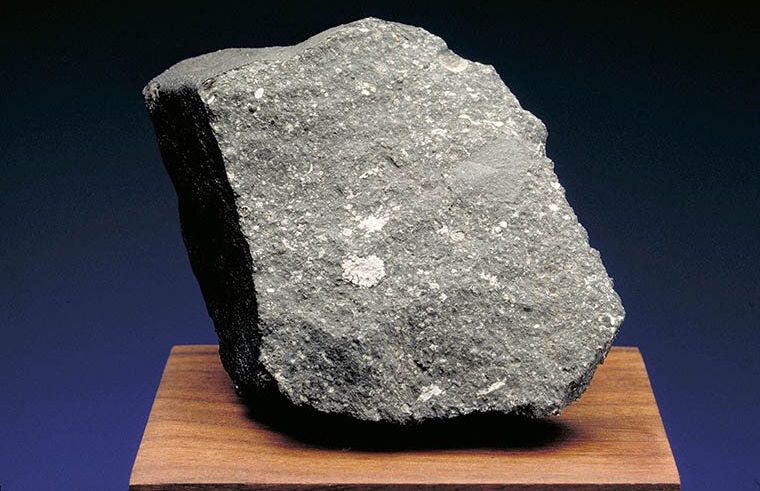The moon’s water could serve as a precious resource for deep space exploration, but how do we actually turn it into rocket fuel?
»Subscribe to Seeker! http://bit.ly/subscribeseeker
»Watch more Focal Point | https://bit.ly/2s0cf7w
» Visit our shop at http://shop.seeker.com
To be a space miner, there are a few things you might need: the sun, some lunar soil, a pretty powerful mirror, and the perfect angle.
Mining for resources on the Moon is no longer the subject of science fiction, instead it is becoming a central focus for the space industry today. In order to explore further in space, it is pertinent we find ways to extract and utilize space resources.
In a recently revealed exploration manifest for the Artemis program, NASA laid out a prospective timeline to establish a sustainable lunar outpost by 2028. And a key technique that’ll help make this whole vision possible is ISRU, or in situ resource utilization.
ISRU means taking and using the resources or the building blocks that already exist in space instead of launching resources on a rocket from Earth.
The roadmap to a future propellant depot starts with testing out robotic sampling and drilling systems. And that’s where Honeybee Robotics, a team of space engineers, comes in.









